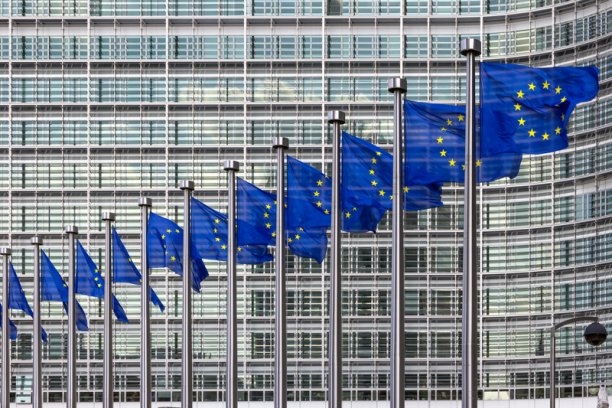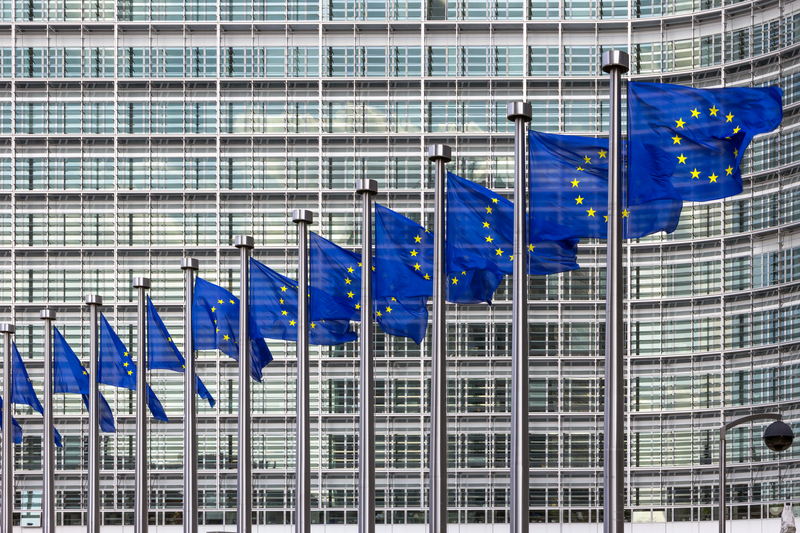
EURATEX welcomes EU’s sustainability ambitions
EU turnover contracted by 9.3% in textiles and by 17.7% in clothing, compared with 2019.

11th June 2021
Knitting Industry
|
Brussels

On the occasion of the release of its 2021 Spring Report, EURATEX, the European textile and clothing industry, is calling on the European Institutions to implement a new Industrial Strategy which will effectively support the European textiles industry.
EURATEX welcomes the fact that Textile and Clothing industry is recognised as one of the 14 essential ecosystems of the European economy, but says effective measures need to be taken to support these sectors and take into consideration the global dimension.
Economic data for 2020 in EURATEX’ Spring Report show preoccupying trends. Figures reflect a dramatic contraction in demand and production: EU turnover contracted by 9.3% in textiles (which is in line with the general manufacturing average) and by 17.7% in clothing, compared with 2019.
Additionally, EURATEX says, supply chain disruptions and substantial price increases of some raw materials are putting significant pressure on the textiles and clothing industries across Europe. The trade deficit for European textiles and clothing jumped from minus €47 billion in 2019 to minus €62 billion in 2020, an increase of more than 30%, which is almost entirely due to the import of Chinese face masks and related products. Fortunately, more recent figures from the first quarter of 2021 indicate some signs of recovery.
That figure illustrates very well today’s political discussions on the future of the European industry, the organisation explains. Many European companies have made considerable efforts to adapt their production to the pandemic, but clearly this was not enough. Whether production costs in Europe are too high or the EU should adapt its procurement rules, the industry needs have a coherent long-term plan to become more competitive and conquer new markets, it adds.
EURATEX’ General Assembly highlighted the critical role of the new EU Industrial Strategy. “The inclusion of textiles and clothing in the fourteen ecosystems is a step in the right direction to consolidate the industrial base but we should look also at the global challenges,” EURATEX said in a statement this week. “European companies should continue investing in innovation, design and quality, in combination with a structural move towards more sustainable textiles. At the same time, the EU should create an environment - both inside the Single Market and globally - where everybody plays by the same rules.”
“We should build a transition pathway which is based on an honest dialogue between the industry and policy makers, ensuring an effective level playing field,” commented President Alberto Paccanelli. “I am also glad that TEKO, the Swedish Association for textiles and fashion companies, became again one of our members. It is sign that the industry is united. It is now time that the EU institutions deliver on their promises.”
The EU textile and clothing industry, with around 160,000 companies employing 1.5 million workers, is an essential pillar of the local economy across many EU regions. With over €61 billion of exports, the industry is a global player successfully commercializing high added value products on growing markets around the world.
Working together with EU institutions and other European and international stakeholders, EURATEX focuses on clear priorities: an ambitious industrial policy, effective research, innovation and skills development, free and fair trade, and sustainable supply chains.

Business intelligence for the fibre, textiles and apparel industries: technologies, innovations, markets, investments, trade policy, sourcing, strategy...
Find out more